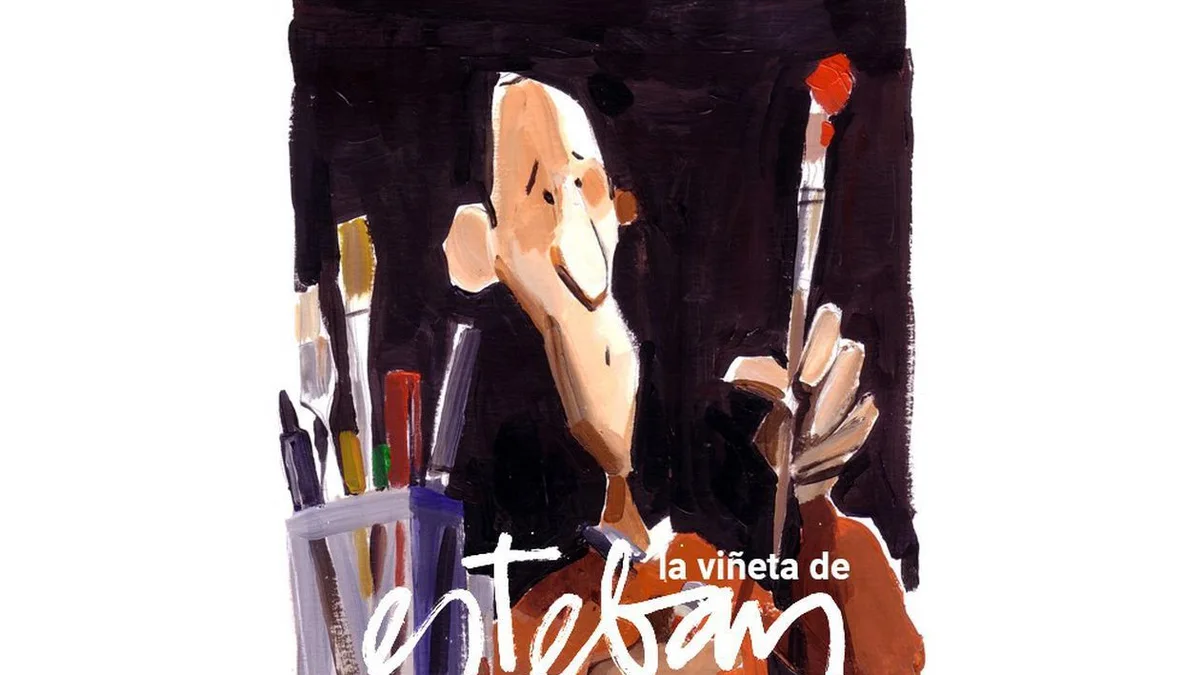Five things to do in the garden this week:
1. Vegetables: Pick zucchini when they are small. This will encourage more new ones to grow. If you allow zucchinis to stay on the plant, they grow huge but develop a somewhat bitter taste. Allow winter squash to grow until the fall when their hard skins allow them to be stored through the winter months. Pick scarlet runner beans when pods are young and soft. Otherwise, the beans inside will become overly fibrous and less tasty. Still, runner beans are considered healthier than other types of beans on account of their fiber content.
2. Fruits: Raspberry plants are shallow-rooted so make sure they are well-watered and heavily mulched. If you are growing strawberries, now is the time to peg their runners to the ground so they can root and bear fruit next year. You will need to keep strawberries from making contact with the earth or they will rot. To keep strawberries fungus-free, apply a 4-6 inch layer of straw around them. Incidentally, strawberries are not so-named due to the efficacy of mulching them with straw. The “straw” in strawberry is derived from “strew” and refers to the plant’s tangled runner growth, as if the runners are strewn about.
3. Flowers and Ornamentals: Prune wisteria by cutting back wispy side hoots to a length of eight inches or five leaves from the stem. If lupines and penstemons are dead-headed as soon as flowers fade, there’s a chance they could rebloom this year. After flowers fade on a rose stem, prune it back to the first healthy five-leaflet leaf whose bud points outward as opposed to inward since you want new growth to get maximum light and not be shaded or congested, which would increase likelihood of fungus and insect pest problems.
4. Containers: A strawberry pot is a tiered container designed to keep fruit elevated from the ground or patio surface so it won’t rot. No matter what sort of container you use, it is a good idea to have it on wheels. This is especially true when growing vegetables or fruit in containers since edibles need an abundance of sunlight. Thus, as sun exposure shifts throughout the growing season, you may want to move your containers to maximize sun exposure, a task made easier when your containers are on wheels.
5. Bulbs: Now is the time to order hardy bulbs — narcissus (daffodils and jonquils), hyacinths, crocuses, and tulips — since they need eight weeks of chilling prior to fall planting in order to flower at their full potential. You simply place them in a paper bag in the refrigerator and wait. There are two types of bulbs: hardy (for fall planting) and tender (for spring planting). Here, bulb is a generic term that includes rhizomes, tubers, and corms. Bulbs for spring planting – including dahlias, tuberous begonias, cannas, elephant ears, anemones, and gladiolus – should never be refrigerated. By the way, there are tulip bulbs such as the lady tulip (Tulips clusiana) that do not require refrigeration to bloom and neither do many narcissus species, paperwhites (Narcissus papyraceus) most notable among them.
Please send questions and comments, as well as garden successes and garden predicaments, to joshua@perfectplants.com.
Related Articles
How to plant, harvest and grow delicious fresh cucumbers in the garden
Why these water-holding trees are good choices for dry-climate gardens
Flowering perennials in your garden looking bad? Here’s what to do.
Propagating, preparing and protecting: What to do in the garden this week
Poison ivy can leave behind a lingering problem in your garden






























